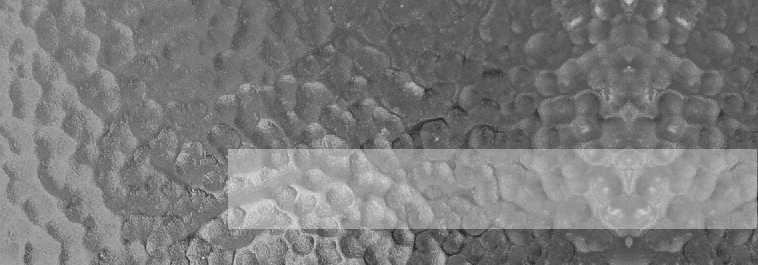| |
Silica fume, also known as MicroSilica, is a fine-grain, thin, and much-surface area silica.
It is sometimes confused with fumed silica (also known as colloidal silica and pyrogenic silica). These materials have different derivations, technical characteristics, and applications.
Properties
Silica fume consists of fine vitreous particles with a surface area on the order of 215,280 ft²/lb (20,000 m²/kg) when measured by nitrogen adsorption techniques, with particles approximately one hundredth the size of the average cement particle.
Production
Silica fume is a byproduct of producing silicon metal or ferrosilicon alloys. One of the most beneficial uses for silica fume is in concrete. Because of its chemical and physical properties, it is a very reactive pozzolan. Concrete containing silica fume can have very high strength and can be very durable. Silica fume is available from suppliers of concrete admixtures and, when specified, is simply added during concrete production. Placing, finishing, and curing silica-fume concrete require special attention on the part of the concrete contractor. Silicon metal and alloys are produced in electric furnaces. The raw materials are quartz, coal, and woodchips. The smoke that results from furnace operation is collected and sold as silica fume, rather than being landfilled. Perhaps the most important use of this material is as a mineral admixture in concrete. Silica fume consists primarily of amorphous (non-crystalline) silicon dioxide (SiO2). The individual particles are extremely small, approximately 1/100th the size of an average cement particle. Because of its fine particles, large surface area, and the high SiO2 content, silica fume is a very reactive pozzolan when used in concrete. The quality of silica fume is specified by ASTM C 1240.
Applications
CONCRETE:
Because of its extreme fineness and high silica content, silica fume is a very effective pozzolanic material. A standard specification for silica fume used in cementitious mixtures is ASTM C1240.
Silica fume is added to Portland cement concrete to improve its properties, in particular its compressive strength, bond strength, and abrasion resistance. These improvements stem from both the mechanical improvements resulting from addition of a very fine powder to the cement paste mix as well as from the pozzolanic reactions between the silica fume and free calcium hydroxide in the paste.
Addition of silica fume also reduces the permeability of concrete to chloride ions, which protects the reinforcing steel of concrete from corrosion, especially in chloride-rich environments such as coastal regions and saltwater bridges.
Prior to the mid-1970s, nearly all silica fume was discharged into the atmosphere. After environmental concerns necessitated the collection and land filling of silica fume, it became economically viable to use silica fume in various applications, in particular high-performance concrete. |
|
